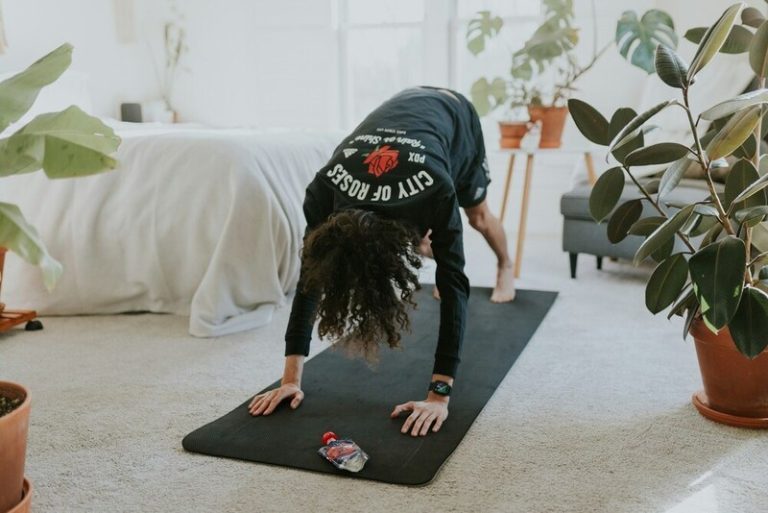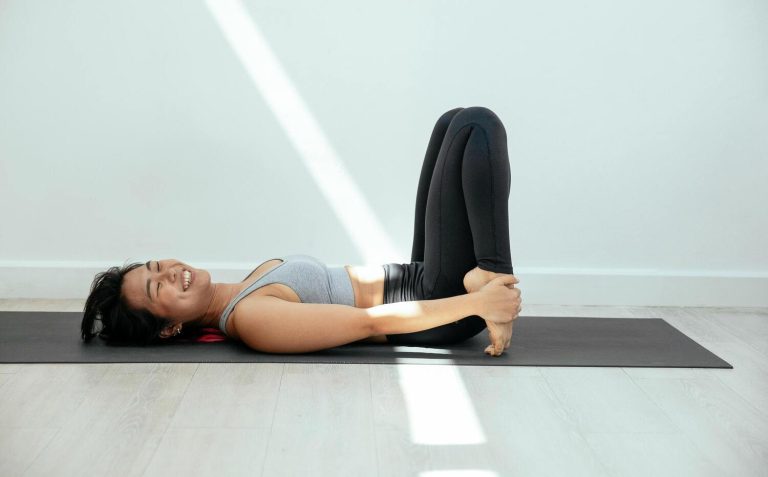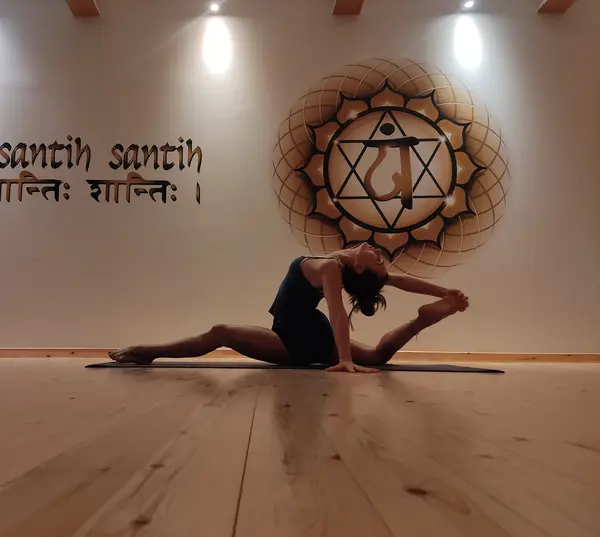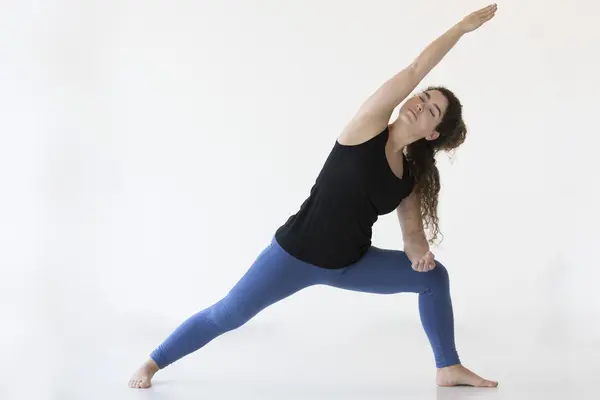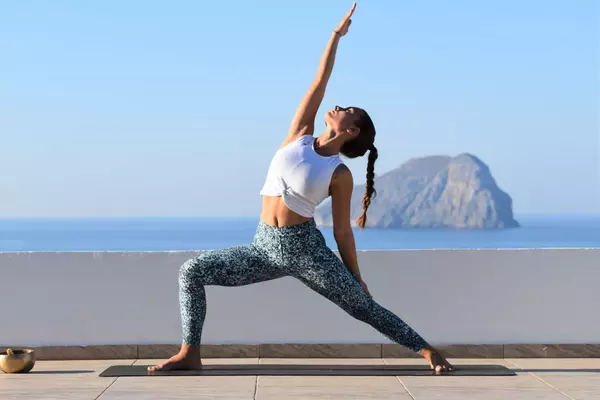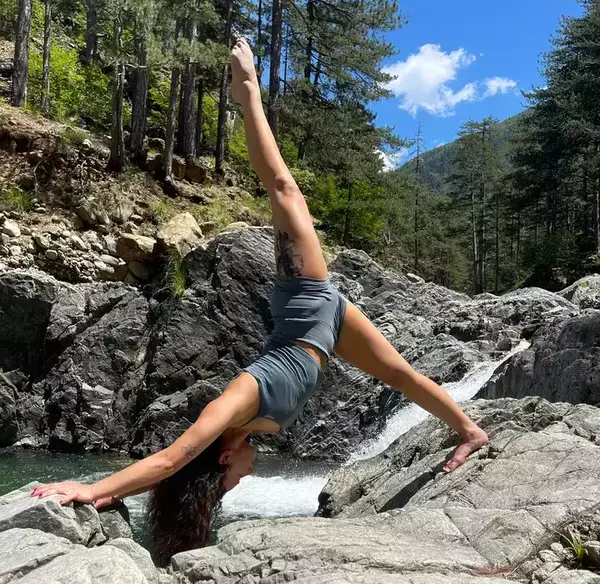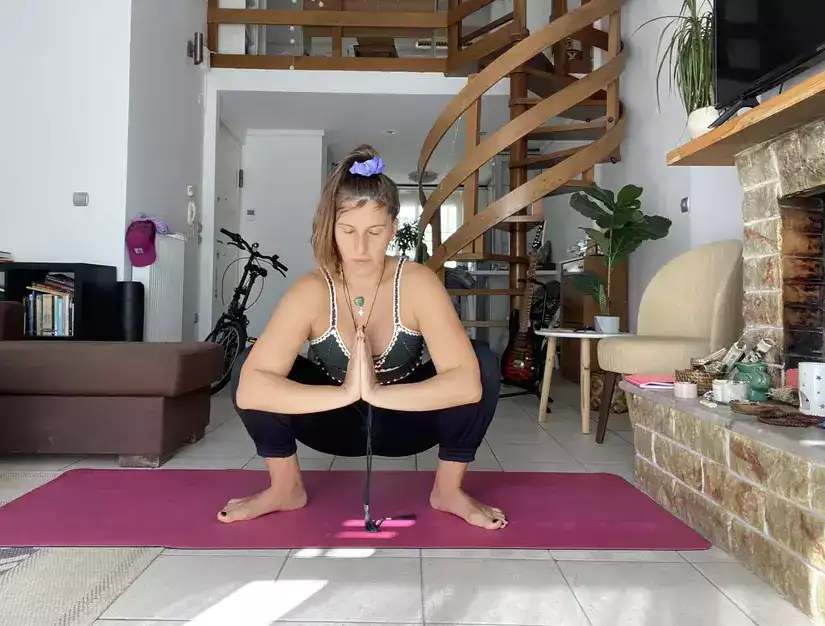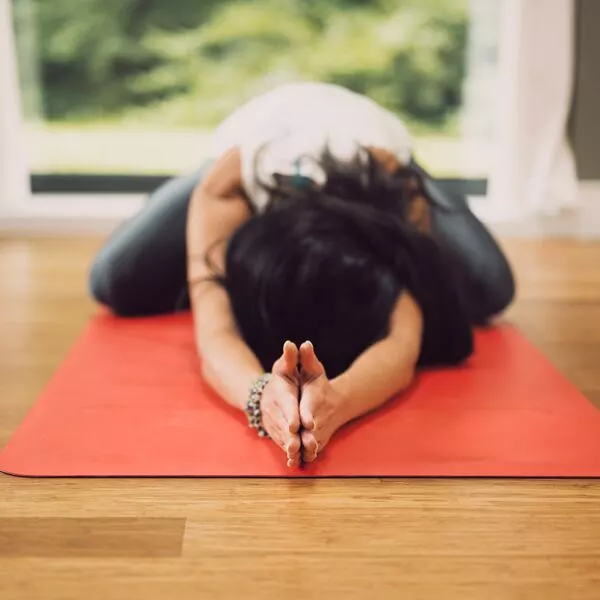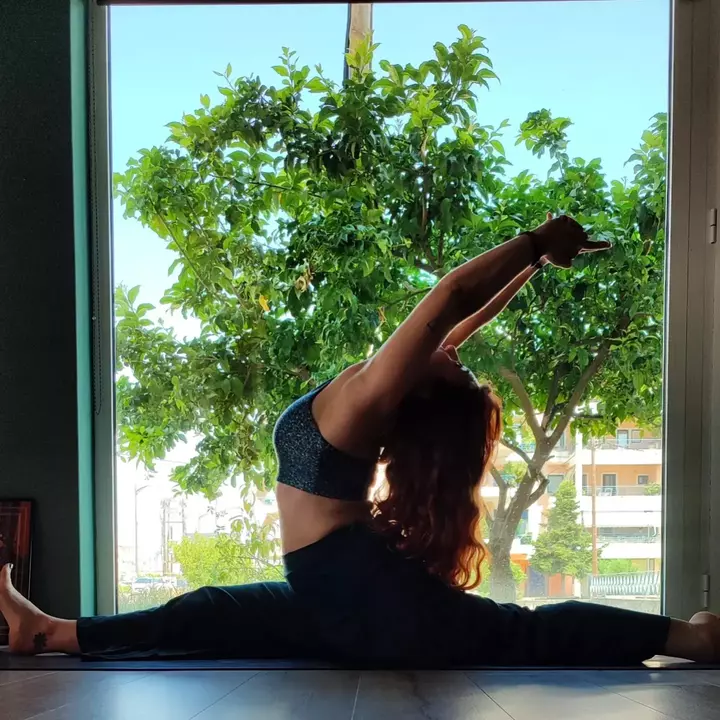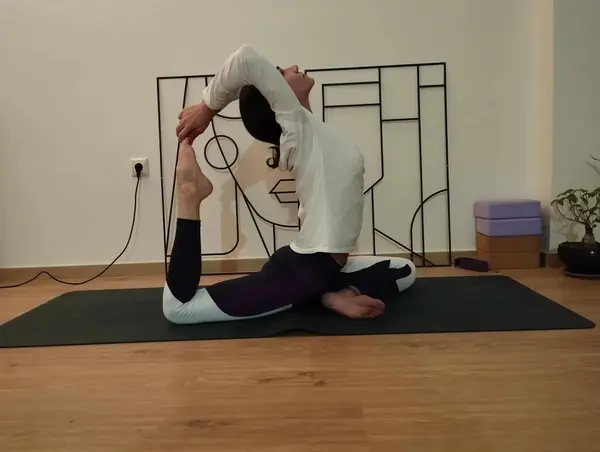Downward Facing Dog, also known as Adho Mukha Svanasana in Sanskrit, is a popular yoga pose that offers many benefits for the body, mind and spirit.
Here are some benefits of practicing the Downward Facing Dog:
Full Body Stretch: The Downward Facing Dog is a full body stretch that targets the posterior thighs, calves, shoulders, spine and arms. It helps lengthen and release tension in these areas, improving flexibility and reducing stiffness.
Building the strength of the core: While holding the pose, activate your core muscles, including the abdominal, oblique and lower back muscles, to maintain stability. Regular practice of the Downward Facing Dog can help strengthen and tone your core muscles over time.
Improving digestion: Gently compressing the abdomen in the Downward Facing Dog can stimulate digestion and help relieve constipation. The pose also encourages blood flow to the digestive organs, promoting healthy digestion.
Back Pain Relief: The Downward Facing Dog can help relieve back pain by gently stretching and lengthening the spine. It also strengthens the back muscles, providing better support for the spine and reducing the risk of back pain.
Boosts blood circulation: This upside-down posture encourages blood flow to the upper body, including the brain, bringing fresh oxygen and nutrients to these areas. Improved circulation can help boost mental clarity and concentration.
Calms the nervous system: The Downward Facing Dog is considered an inverted pose, which helps activate the parasympathetic nervous system, which is responsible for the "rest and digest" response. It can help reduce stress, anxiety and tension in the body.
Strengthening the shoulders and arms: The Downward Facing Dog requires weight bearing on the arms and hands, which can help strengthen the shoulders, arms and wrists. Regular practice can improve upper body strength and stability.
Enhancing flexibility: Regular Lower Dog practice can help improve flexibility in the posterior thighs, calves, shoulders and spine. It can also help open up the chest and shoulders, improving posture.
Activation of the body: Inverting the Downward Facing Dog can help increase blood flow to the brain, creating a rejuvenating effect on the body and mind. It can help reduce fatigue and increase energy levels.
Promoting mindfulness: Lower Dog practice requires concentration and awareness of the breath, which can help cultivate mindfulness and awareness of the present moment. It can help calm the mind, improve concentration and reduce mental chatter.
As with any yoga pose, it is important to practice Cobra pose under the guidance of a qualified yoga teacher and listen to your body's limitations to avoid any discomfort or injury. Always consult your health care provider before starting any new exercise program, especially if you have pre-existing health conditions.



